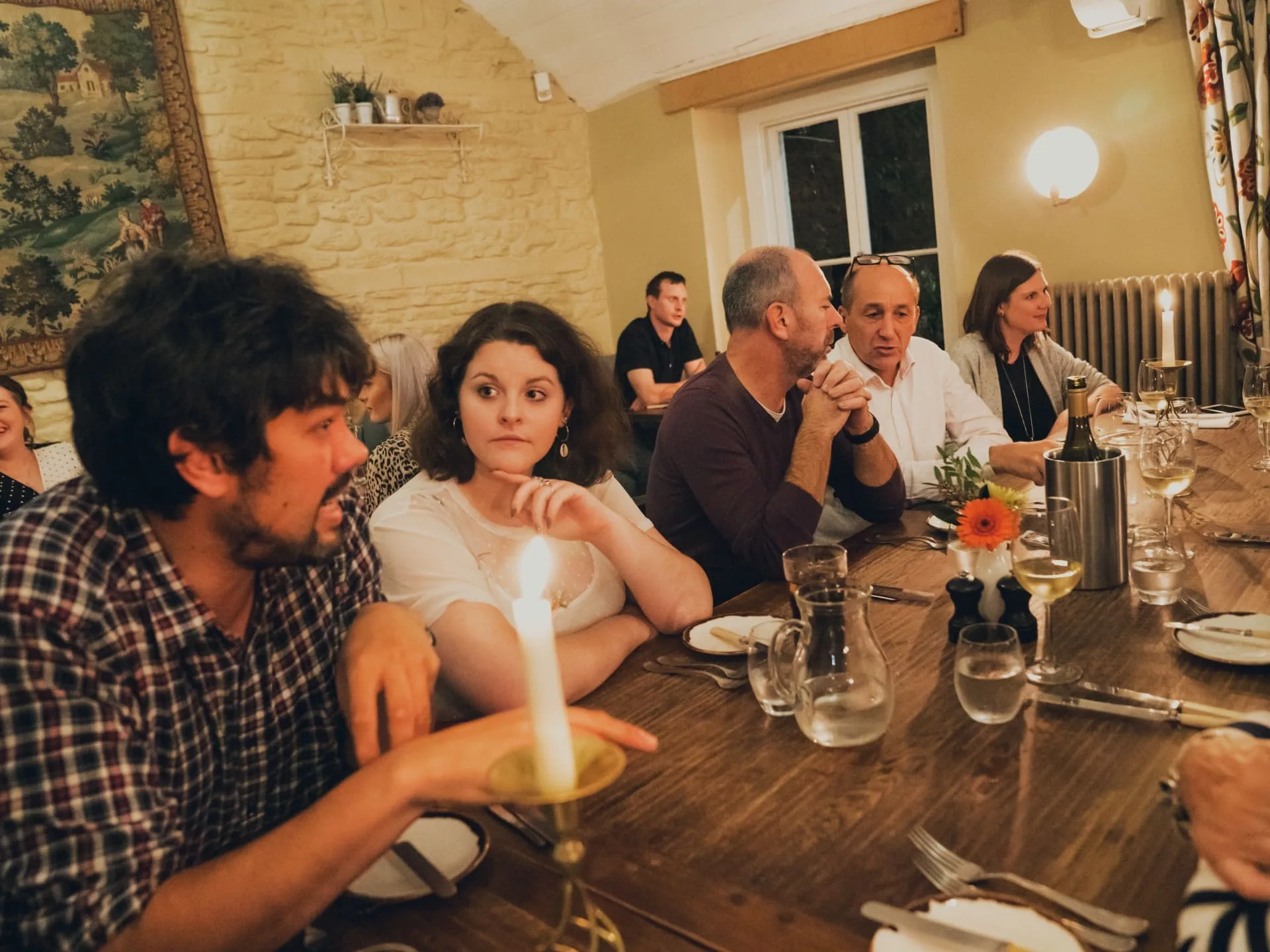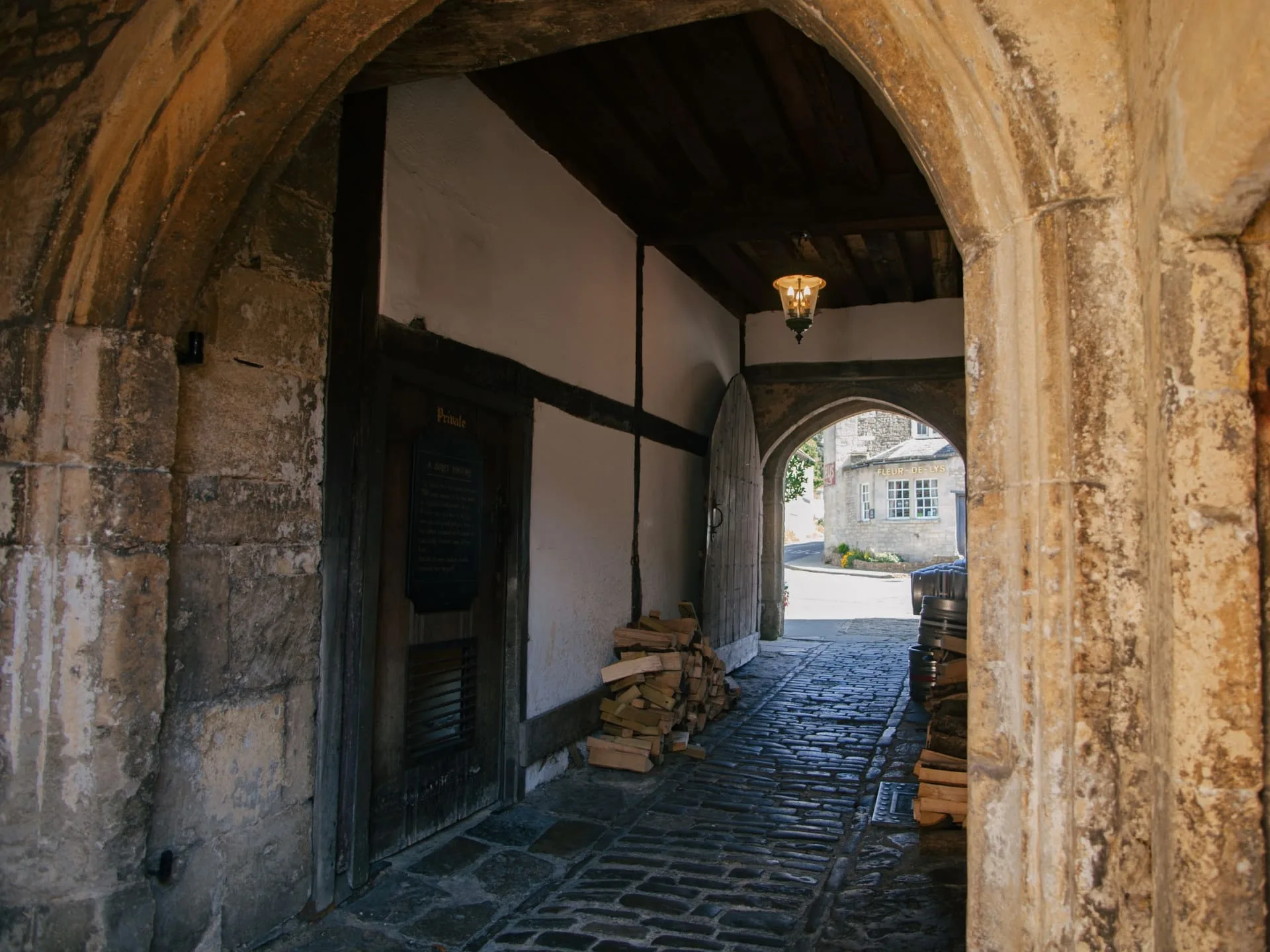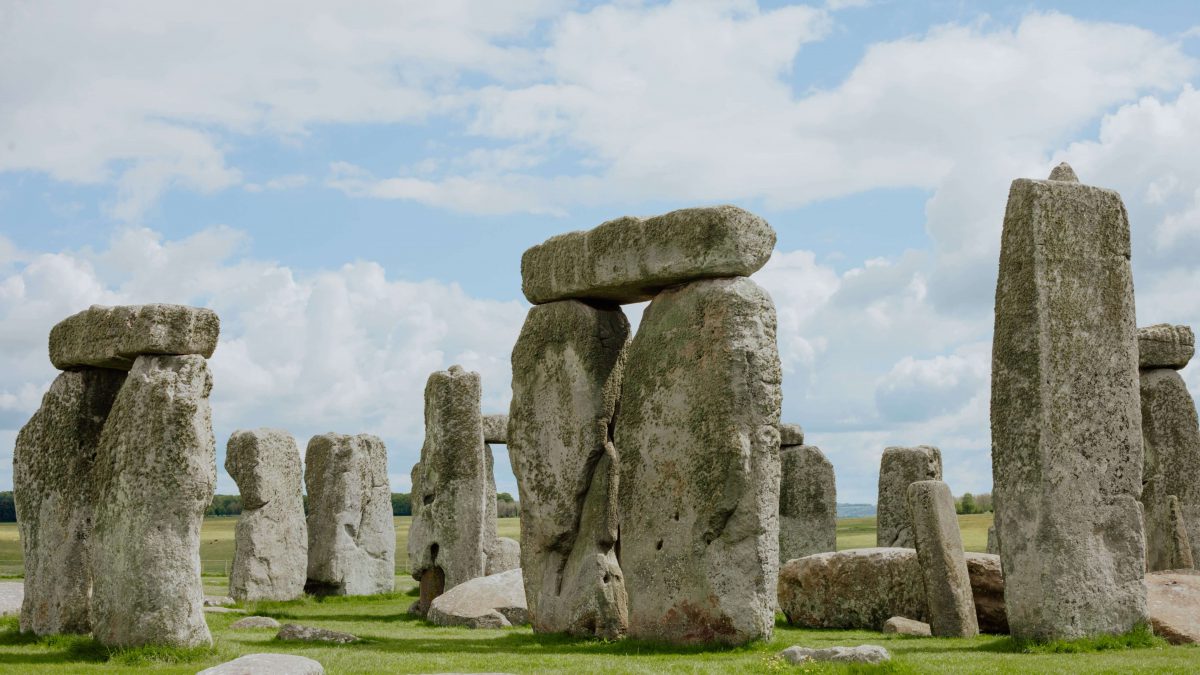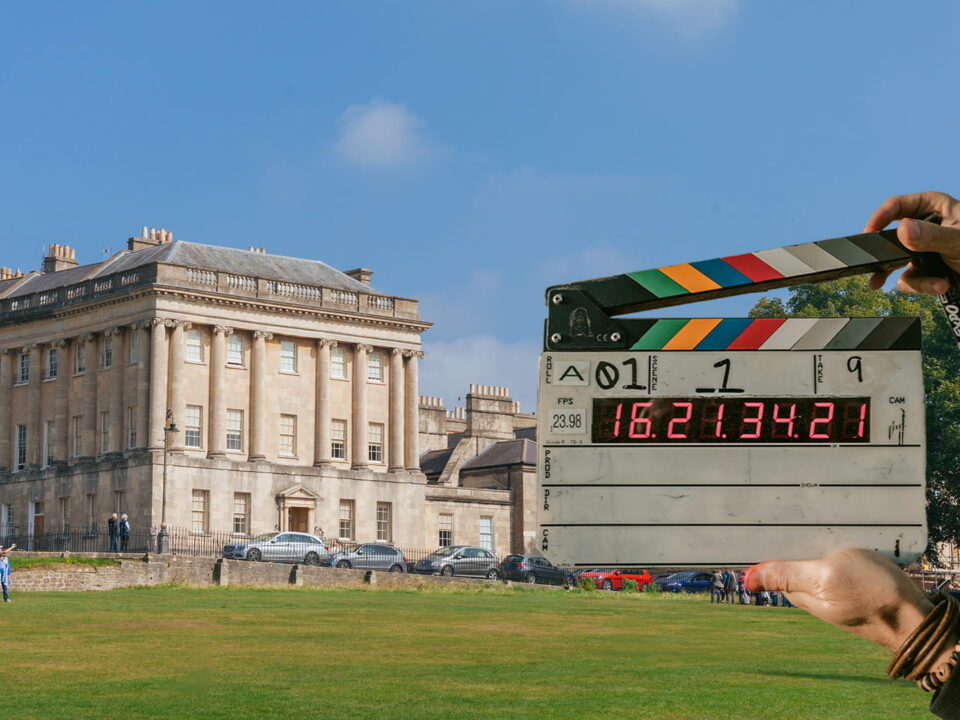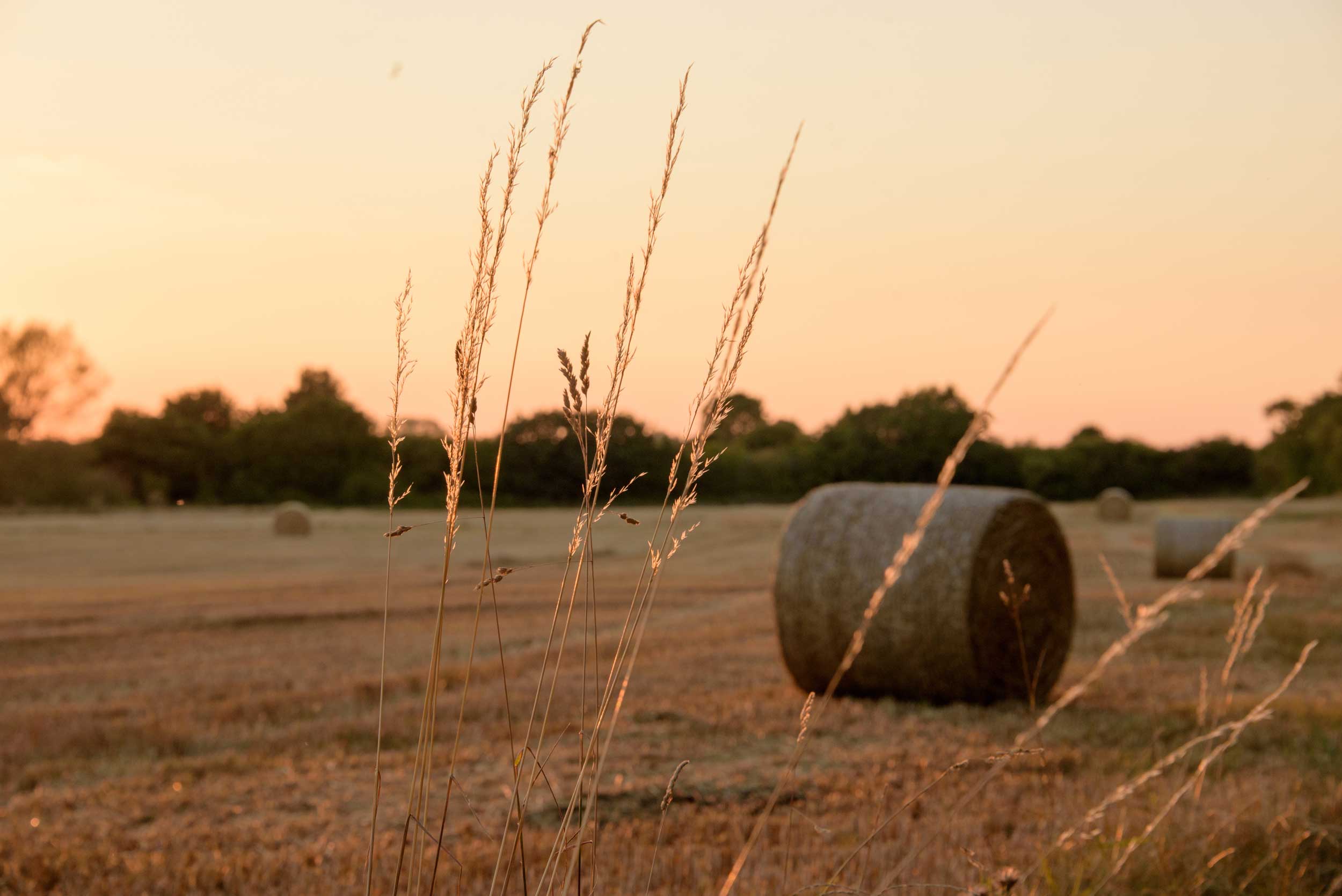
The Hidden Cotswolds: All You Need To Know
January 10, 2020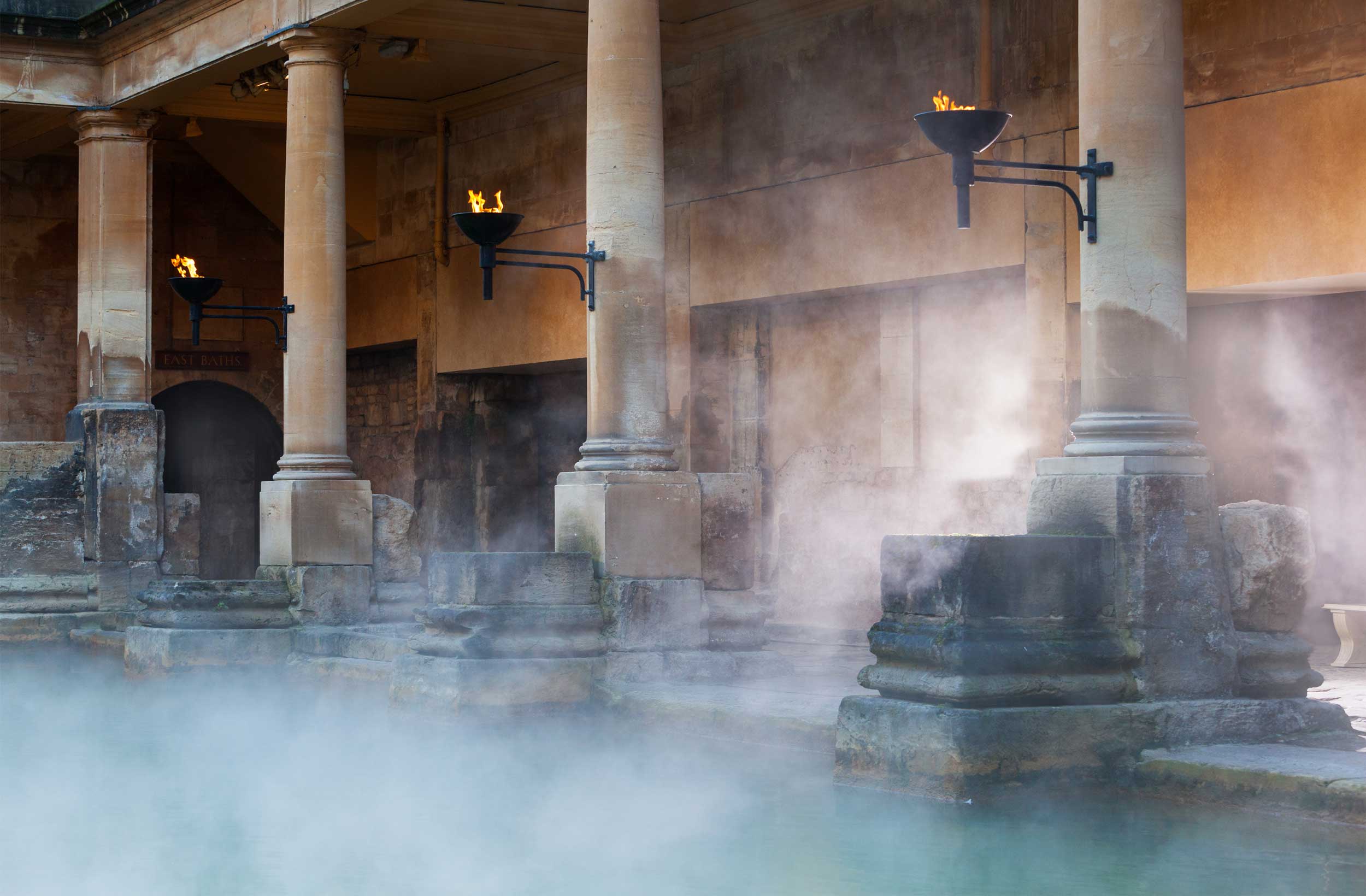
Top 10 Attractions In & Beyond Bath
October 8, 2020Stonehenge Explained: History, Construction, and Visiting Tips
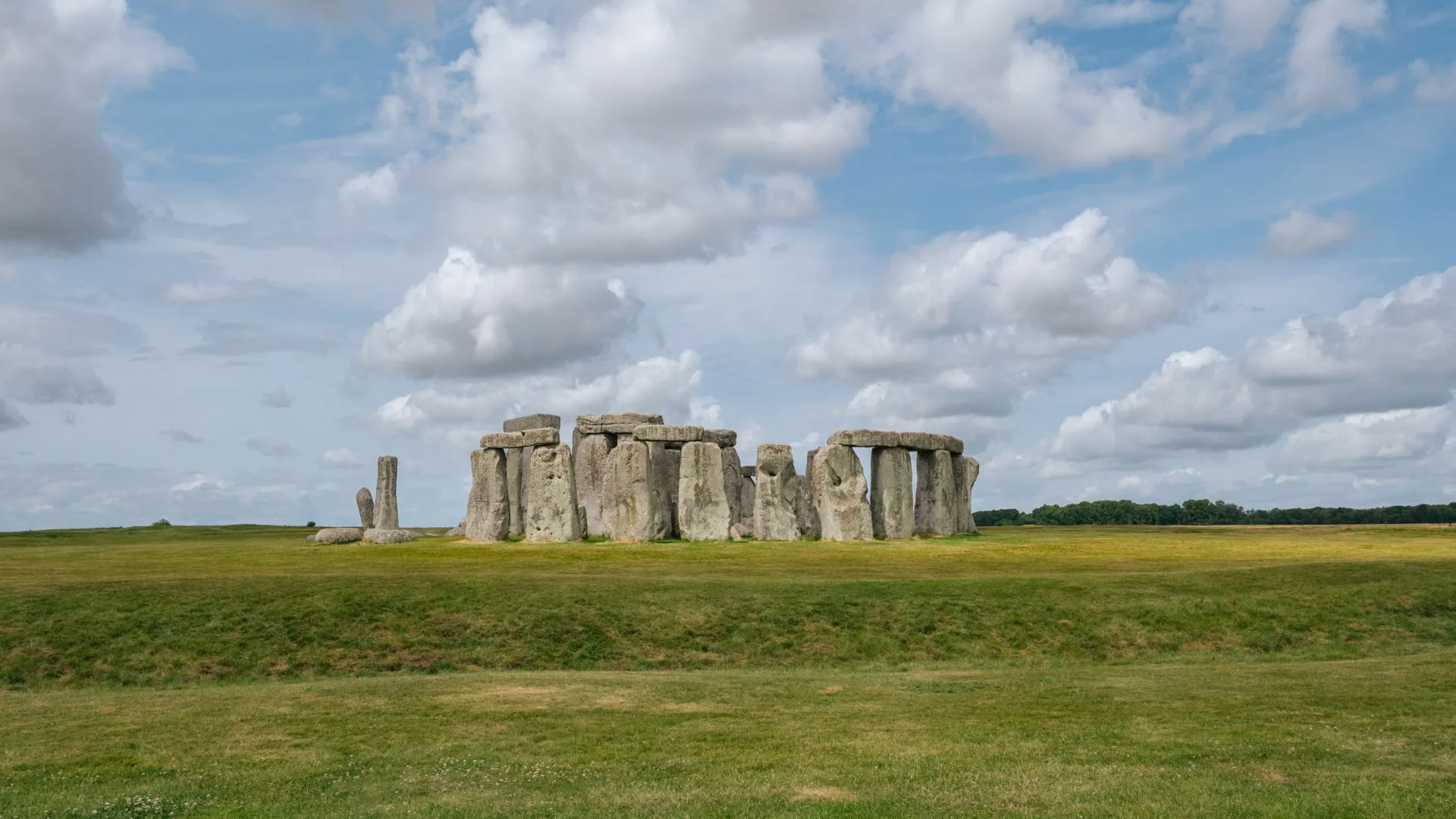
History & Purpose
The Wider Landscape of Stonehenge
Whilst Stonehenge, a UNESCO World Heritage Site, is understandably the sole focus of the many visitors who come from far and wide to experience it, the landscape surrounding Stonehenge itself is as fascinating as the circle stone equal. In fact, the landscape Stonehenge is part of was used for thousands of years before the stone circle was erected, and its story is critical to understanding why Stonehenge is where it is and therefore something we include on our tours.
Stonehenge and the Shift to Farming
Stonehenge, we think, was first developed around about 3100 BC, just over 5,000 years ago. In the preceding 500 to 1,000 years, the peoples living in Britain were slowly transitioning, over generations, from a nomadic, hunting and gathering lifestyle to one based upon rearing domesticated animals and later, growing crops, as these things were brought from southern Europe into the northern regions. The Salisbury Plains, where Stonehenge is located, provides a perfect location for that transition to occur, allowing these stone and bronze age farmers to plant crops in an area which is open and well-drained, whilst flint, a critical material essential for making tools and fires, was abundant in the earth beneath their feet.
A Solar Calendar for Early Farmers
Stonehenge, therefore, represents the shift from a hunter-gatherer, nomadic society to a farming, settled society. For the first time in history, at least in that part of the world, the inhabitants of the British Isles had to be acutely aware of the seasons, when to plan when to harvest, how long supplies had to last and so on. Stonehenge, therefore was built to act as a primitive early solar calendar. It's purpose was to help the locals identify where in the year's cycle they are. Are we close to midsummer? Are we close to midwinter? Are we near an equinox? Should we harvest? When should we plant? How long do we have to make our supplies last for?
The Evolution of Stonehenge
This is why Stonehenge was first built, and it continued to be used and developed over the next 1500 or so years. Over that time, it develops from being a very simple stone circle and to being a much more sophisticated structure, the structure that we see today. We can't see with certainty why this happened, but it's probable that it was because the society which built and used it continued to evolve and become more sophisticated over that time and as a result, their ideas and ceremonies did the same. It is also likely that their understanding of astronomy, the stars, and moon, and so on around them developed as they dependency on farming increased and as time moved forward.
Astronomical Advancements and the Lunar Calendar
By the time phase two of Stonehenge, the Stonehenge we see today was built, 500 years later, it was likely that the astronomers that utilised the stone circle had moved beyond a general reading of their point in the year, 'we’re near midsummer' or 'we’re near equinox', but were beginning to understand that there were 13 lunar months and the moon's position could also be used to accurately determine where they were in the year, with much more accuracy than before. In fact, it is possible that the stones at Stonehenge were deliberately arranged to view the moon from various aspects in order to determine exactly what the 'date' was.
The True Purpose of Stonehenge
And that really explains the purpose of Stonehenge. It's a giant instrument used to determine the seasons and where we are in the year. That's why Stonehenge amongst hundreds of stone circles dotted throughout the British Isles in particular, but Northern Europe in general, is one of the most spectacular because whereas most stone circles are comprised of unshaped stones, Stonehenge's stones are carefully shaped and positioned, reflecting its significance and utility. Although of course, as prehistoric societies tend to be highly attuned to the spiritual world, it also seems natural to assume that Stonehenge played a large role in these peoples' belief system and ceremonies meaning that it is almost certain that Stonehenge played a crucial role in at least one key ceremony or moment in the year...
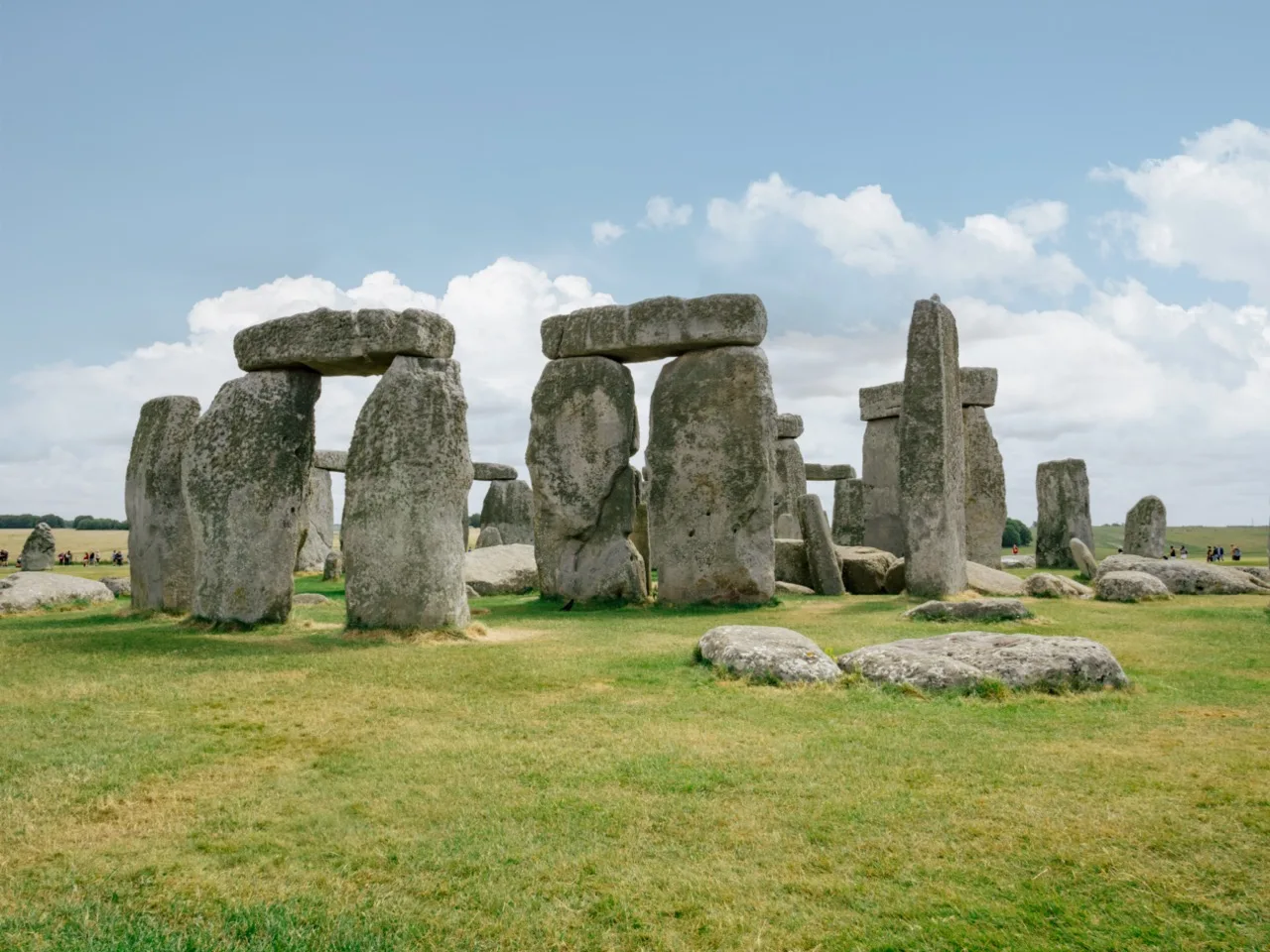
How Was Stonehenge Built?
Transporting the Stones
Most experts feel that that question has been answered. That's because several universities over the last 10-15 years actually decided to emulate the technique they think was used to get the stones into place. They employed a number of their students to have a go at moving the stones using the technology and methods that they would have been available to those ancient peoples. The most well-established theory is that groups of people came together to haul the stones by hand, placing the stone on a sledge, and then using tree trunks as rollers underneath. It's been a very controversial theory as many critics have argued about the challenges of this working when considering the population, which would have been very small and spread out over a large area, would have been heavily focused on producing enough food to survive and therefore cause huge logistical and organisation issues.The university experiments, using students working in relays showed the method can work and surprisingly well. In one experiment a small number of students (around 120 I believe) were able to move a comparable weight (of 25 tonnes or so) about 10 miles, or half the distance from the stone's original site to their final position at Stonehenge.
Shaping and Positioning the Stones
Once getting them to Stonehenge, the next thing would have been finishing off their shaping, achieved by bashing the stone's surface with a harder stone 'hammer', and then sinking them into position in the ground.Putting the stones in the ground is actually quite easy. They were either hauled up into place using a wooden A-frame, or another stone was laid on the ground with the circle stone slid over the top and then allowed to drop into the hole. All the standing stones at Stonehenge are buried in the ground by between a third to a quarter of their length and feature a gentle wider base in order to weight them and keep them upright. Putting them in the ground was therefore likely to be easy comparatively.
The Mystery of the Lintels
The thing that makes Stonehenge truly extraordinary though, are the cross pieces, the lintels. How they put those up, is more of a mystery and something we keep for our Stonehenge and Secret England tour!
Visiting Stonehenge Today
What makes our approach to visiting Stonehenge different? There's lots of things really. Firstly, our focus is very much again as always on sharing the context of helping our guests understand the significance, and the place, and the landscape as much as the stones themselves. Whereas most guests to Stonehenge either have to rely on audio guides, or the large group have to listen to a guide, who's talking to 20, 30 people, our tours, which are only ever between two and eight guests at any time are very much about personal interaction. We also use a variety of different methods to communicate the story as well. We use visuals we use items, and we use also audio to share the story of Stonehenge and we focus on different elements at different places.
Stonehenge Tours: What Makes a Good Experience?
We take our guests up to the stone circle. We talk very much about the broader context of society and the landscape in which it's placed. Which is actually significant because that landscape was used for 5,000 years before Stonehenge itself was built. Stonehenge itself is only 5,000 years old so there were people using that area twice as long or twice as far back as Stonehenge itself, very significant. We focus on that. We focus on the story of construction of Stonehenge and the different elements so that you get a real insight into what you're looking at.
Also, we focus very much on what we think it was used for. Stonehenge to me, it was orientated on the solstice line between the winter solstice and the summer solstice, Summer solstice sunrise, winter solstice sunset. For me Stonehenge is a critical moment of the year and it is an instrument. It is being used year-round, but its key moment is really about one of those key moments of the year. For me, it's actually winter solstice when the sun dies and you hope and pray that a new sun would be born after that longest nights.
Inner Circle Access: Is It Worth It?
A lot of our guests ask us whether we run inner access tours at Stonehenge, because often people believe that that’s the best way to experience the site. Now, we actually suggest it's not anymore. In the past, it really was because an inner access tour allows you to get in amongst the stone circle. Back in the days when you couldn’t get close to the stones, you had to stay outside of the ditch the henge.
Why Regular Access is the Better Experience
Today with a new visitor centre, which was built in 2014, we actually believe that the best experience is the regular experience is just with a guide or guiding company like ourselves. The reason for that is that if you go on the regular experience, you get access to all the facilities. That includes the Exhibition Centre which boasts some incredible video displays, informational displays and exhibits that are engaging and inspiring. There is access to the cafe and the restrooms and visitors can take their time circumnavigating the stone circle itself. Crucially though, the new visitor centre has done away with the old public road nearby and English Heritage have a built a path the leads directly into the henge and comes within two meters of the stones. Although visitors can't get inside the stones, the path is designed to allow visitors to take some fabulous photographs of the stone circle without crowds of people mingling within the stones themselves!
The Downsides of Inner Circle Access
The problem now with Inner Circle access tours is that visitors have to come before or after the general opening hours, the rate is twice the price requiring early booking as only 30 people are allowed in at a time, and then it is for just 30 minutes. Whilst visitors can get in amongst the stones, they can't touch anything, have no access to the visitor centre or the exhibition centre or rest-rooms, and photographs almost always contain other people moving in and out of the stone circle. Trying to get wide shots or whole structure shots is really difficult because of this, although the close ups are great!.
When Inner Circle Access is Worth It
For me, the Inner Circle option really is no longer the pinnacle of experiencing the Stonehenge unless the opportunity to see a sunset or sunrise at Stonehenge is the ultimate goal, which actually is what Stonehenge really is about. This is when Inner Circle tours come into their own!
Discover the Mystery of Stonehenge
Stonehenge must be one of the most enigmatic and mystical prehistoric locations anywhere in the world. Who built it and what it was used for, we can't truly say with any certainty, but the impact it has on us today is extraordinary and must've been even more so when it was first built. Come and uncover the mysteries of this 5,000-year-old enigma for yourself.
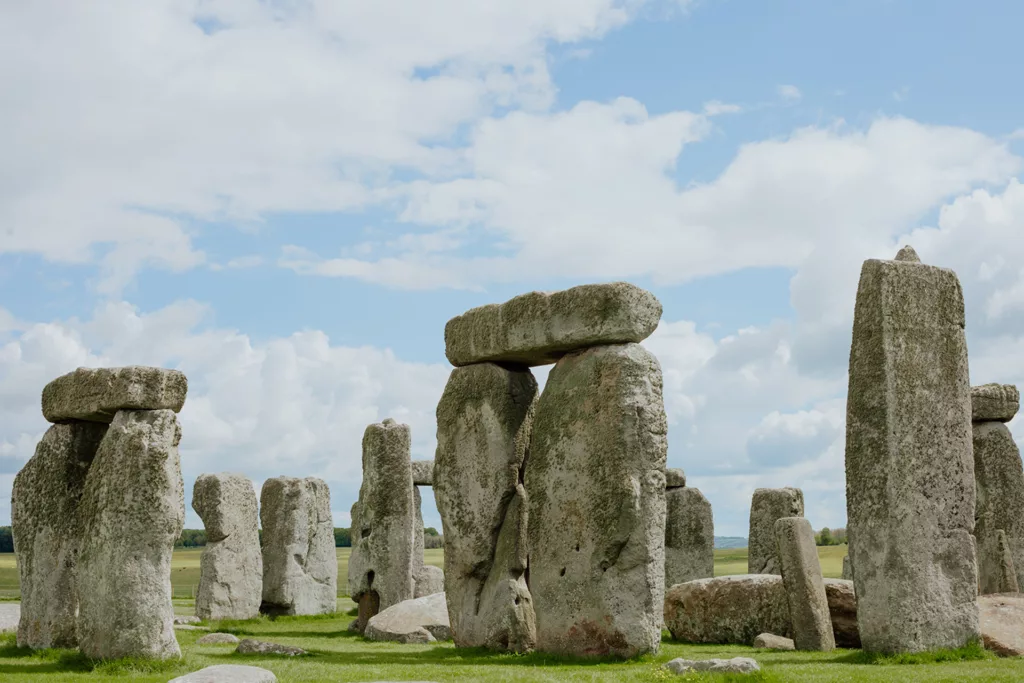
Summary
Stonehenge has got to be one most alluring and mystical prehistoric locations anywhere in the world. Who built it and what it was used for, we can't truly say with any certainty, but the impact it has on us today is often mind-blowing and must've been even more so when it was first built. Come and discover the mysteries of this 5,000-year-old enigma for yourself!
Article by Jules Mittra. Content production Sina Saffari





